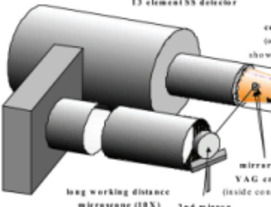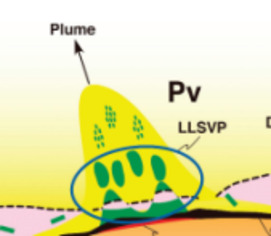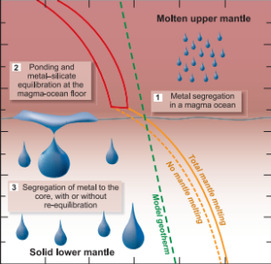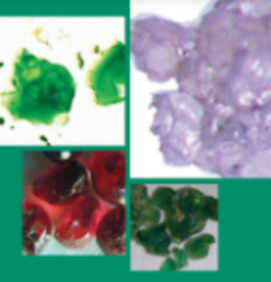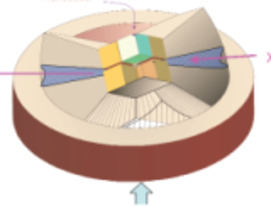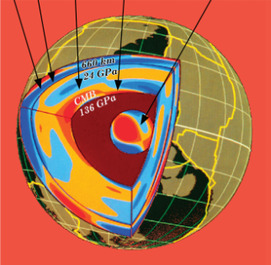Laboratory Studies of the Rheological Properties of Minerals under Deep-Mantle Conditions
Most large-scale geological processes, such as mantle convection and plate tectonics, involve plastic deformation of rocks. However, quantitative experimental studies of plastic properties under deepmantle conditions are challenging, and major progress in this area has often been associated with the development of new techniques. Until very recently, reliable studies have been conducted only at pressures less than ~0.5 GPa (~15 km depth in Earth). By combining novel techniques of synchrotron-based in situ stress–strain measurements with newly designed high-pressure apparatuses, a new generation of experimental studies of plastic deformation of minerals under deep-mantle conditions is emerging. These studies constrain the pressure dependence of deformation of minerals such as olivine and the slip systems in high-pressure minerals such as wadsleyite and perovskite. These results have important implications for the depth variation of mantle viscosity and the geodynamic interpretation of seismic anisotropy.


